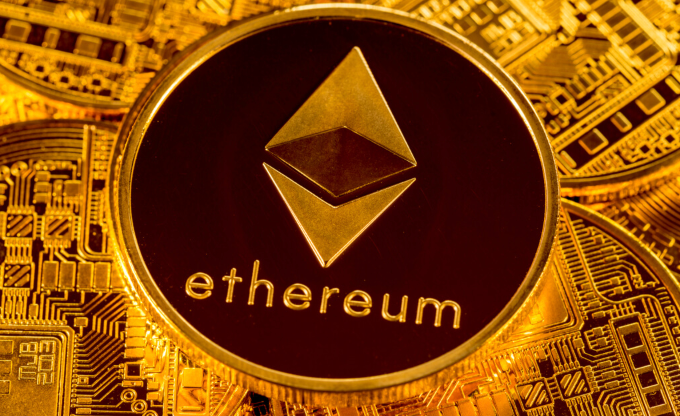Ethereum only destroyed 53.07 ETH last Saturday, hitting a record low due to low transaction fees, decreased network activity and the impact of Dencun upgrades.

On March 24, according to The Block data, the Ethereum network destroyed only 53.07 ETH in a single day last Saturday, with a value of about $106,000 at the current price, setting a record low. This phenomenon indicates a significant reduction in the demand for Ethereum block space. Meanwhile, the seven-day moving average of active addresses has also recently dropped to its lowest since October 2024, with new address creations, transactions and daily transaction volumes all falling in recent weeks.
Ethereum's EIP-1559 changes are implemented in 2021 to simplify the transaction fee process. The mechanism requires the network to destroy all ETH used to pay basic transaction fees, thereby reducing inflationary pressures and expecting to make Ethereum a deflation asset during peak network activity. In the past, this mechanism did have an important impact on the balance of supply and demand of Ethereum, but now it has seen a record low in ETH destruction.

From the perspective of transaction fees, the transaction fees of the Ethereum network have been at a low level recently. According to Ultra Sound Money data, Ethereum currently charges only 3 gwei for a typical transaction, and even dropped to its lowest level since 2020, at just 1.9 gwei. Low transaction fees mean that the user pays a lower basic transaction fee when making a transaction, resulting in a lower amount of ETH used for destruction. For example, during periods of high transaction fees, a transaction may require a large amount of ETH to be paid as a basic transaction fee and be destroyed; and now, the same transaction has also significantly reduced the amount of ETH destroyed due to reduced fees.
The decline in network activity is also a key factor. Indicators such as the number of active addresses, the number of new addresses created, the number of transactions and daily transaction volume are all showing a downward trend. When transaction activities on the network are not frequent, the total amount of basic transaction fees generated will naturally decrease, and accordingly, the amount of ETH that can be destroyed will also decrease. Taking Uniswap as an example, as one of the largest destroyers of ETH, it destroyed a total of 71,915 ETHs in 2024, but its destruction also dropped sharply with reduced network activity. In the second quarter of 2024, Uniswap's destruction rate fell -72.4% month-on-month, down from 54,413 ETH in the first quarter to 15,031 ETH.

In addition, the Dencun upgrade implemented by Ethereum in March 2024 may also have an impact on ETH destruction. Presto Research analyst Jaehyun Ha explained that the blob trading mechanism introduced by the upgrade uses independent fee units, which weakens the original ETH destruction effect. Byoungjoon Kim, a researcher at DeSpread Research, pointed out that the numerous Layer 2 solutions emerging after the Dencun upgrade may lead to a large number of users and liquidity shunts, affecting the transaction activity of the Ethereum main network, and indirectly reducing the amount of ETH destruction.
Overall, the Ethereum network's ETH destruction hit a record low last Saturday, which is the result of the combined effect of multiple factors such as the reduction in transaction fees, the decline in network activity and mechanism changes brought about by the upgrade. This phenomenon not only reflects the current state of the Ethereum network, but may also have a profound impact on its future supply and demand relationship and market value.




















































































